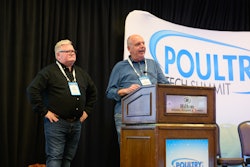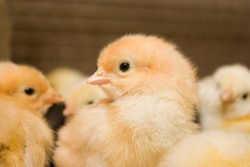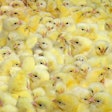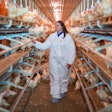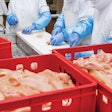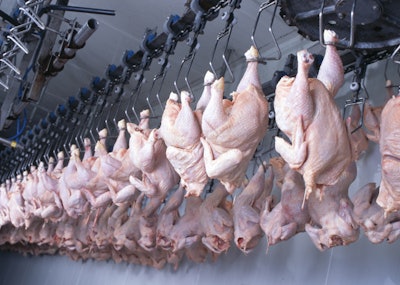
Using microdroplets of water under the inversion cleaning method could reduce pathogens and visual contaminants at the poultry processing plant, improving food safety and minimizing water usage.
The decontamination approach mixes compressed air and water droplets into microdroplets that are applied to poultry carcasses at a high velocity between every step of poultry processing. The microscopic size of these microdroplets means that it can reach much deeper into microcavities on the bird carcass, such as skin pores or feather follicles.
“When you look at the fixation of bacteria, there are multiple places where contamination can occur,” Twan Koenen, undine process expert, Innovative Water Concepts, said at the 2023 Poultry Tech Summit. “A lot of contaminations, they have a specific window of opportunity. If they dry up, you cannot clean it anymore.”
Part of a multi-hurdle approach to contaminant control
When applied as a part of a multi-hurdle approach to decontamination in the poultry processing plant, microdroplets can target intestinal tract contaminations and pathogens.
These contaminations can occur throughout the entire process. For example, during the plucking process, pressure on the carcass can result in the excretion of feces, while the venter/opening process can damage the intestines.
There are several factors that can influence the occurrence of contaminations, including flock variations, feed withdrawal and feed.
Tiny size of microdroplets improves cleaning power
The tiny size of microdroplets is the main reason why they are so effective against contaminants and pathogens.
Microdroplets are just 5-25 µm, compared to the size of a regular water droplet that is 250-500 µm. When combined with compressed air, flow is increased so microdroplets can travel up to 560 mph, much faster than water alone, which can only move at 75 mph.
Another advantage of microdroplets is that they closely match the size of the bacteria to target. In general, bacteria range in size from 0.3-10 µm.
“When we have droplets of similar size as the pathogens, they can actually reach them,” added Koenen.



